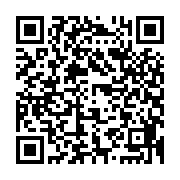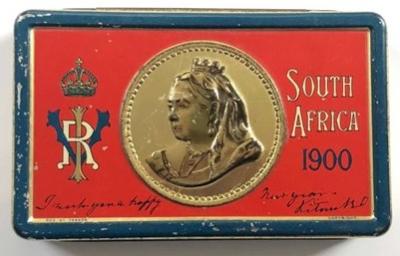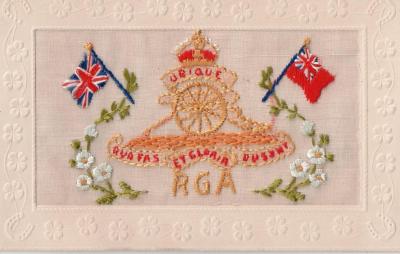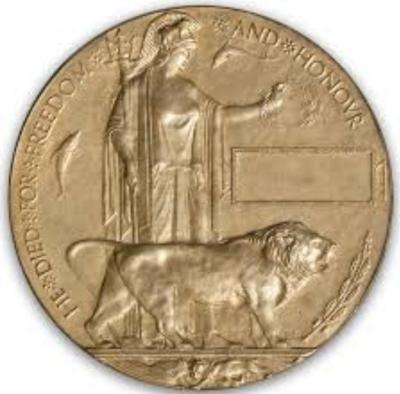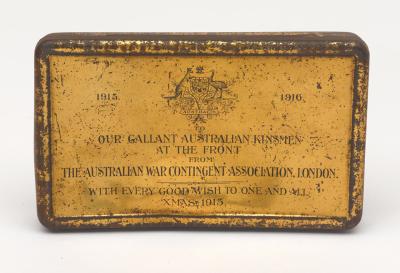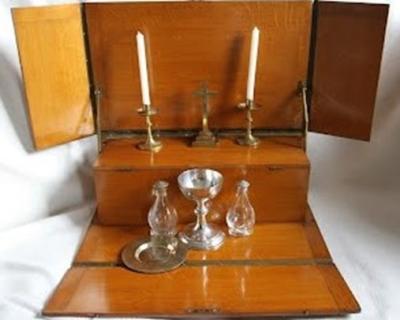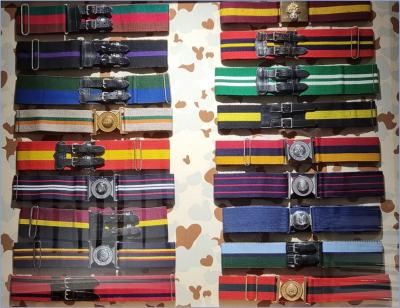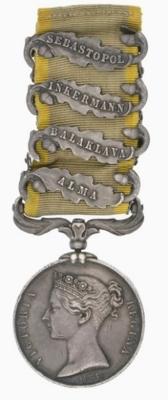Puggaree
The term ‘puggaree’ originates from the Hindi word, ‘Pagri,’ meaning a turban or thin scarf of muslin. Intended for insulation, the puggaree was a traditional Indian head-wrap, adapted by the British for headdress worn in hot, sunny regions. The original scarf or wrap became a stylized band on various styles of military headdress.
The current Australian Army puggaree has seven pleats, one for each state and one for the Australian Territories. It is made from light khaki coloured cotton and is worn on the slouch hat with a unit colour patch sewn on the right side.
Details
Details
During World War 1 a plain khaki cloth band was worn and this practice continued until compulsory training was suspended in 1929. Following the introduction of Voluntary Training in 1930, new puggarees were issued to the Commonwealth Military Force with different coloured folds denoting the wearers’ Arm or Service.
Exhibits at the Army Museum which feature uniforms, show the puggaree or hat band officially approved for the era depicted. The Heraldry and Traditions Gallery features a display of various forms of puggaree.
Australian Army Museum of Western Australia
Australian Army Museum of Western Australia
Other items from Australian Army Museum of Western Australia
- Medal - Distinguished Service Cross (Australia)
- Distinguished Service Medal
- Queen Victoria Gift Tin - 1900
- Princess Mary Gift Tin - 1914
- Australian Red Cross Christmas Gift Box - 1917
- Embroidered Postcards - 7345 Private Bert Crockenberg, 11 Battalion AIF
- World War 1 Memorial Plaque - "Dead Man's Penny"
- Australian War Contingent Association Gift Tin - 1915
- World War 1, Medal Group including US Distinguished Service Cross, PADGETT, 44 Battalion
- Portable Altar and Communion Set Presented to Canon Robert Henry MOORE, Rural Priest and Australian Imperial Force Chaplain
- Uniform Accoutrements - Regimental and Corps Stable Belts
- British Crimean War Medal
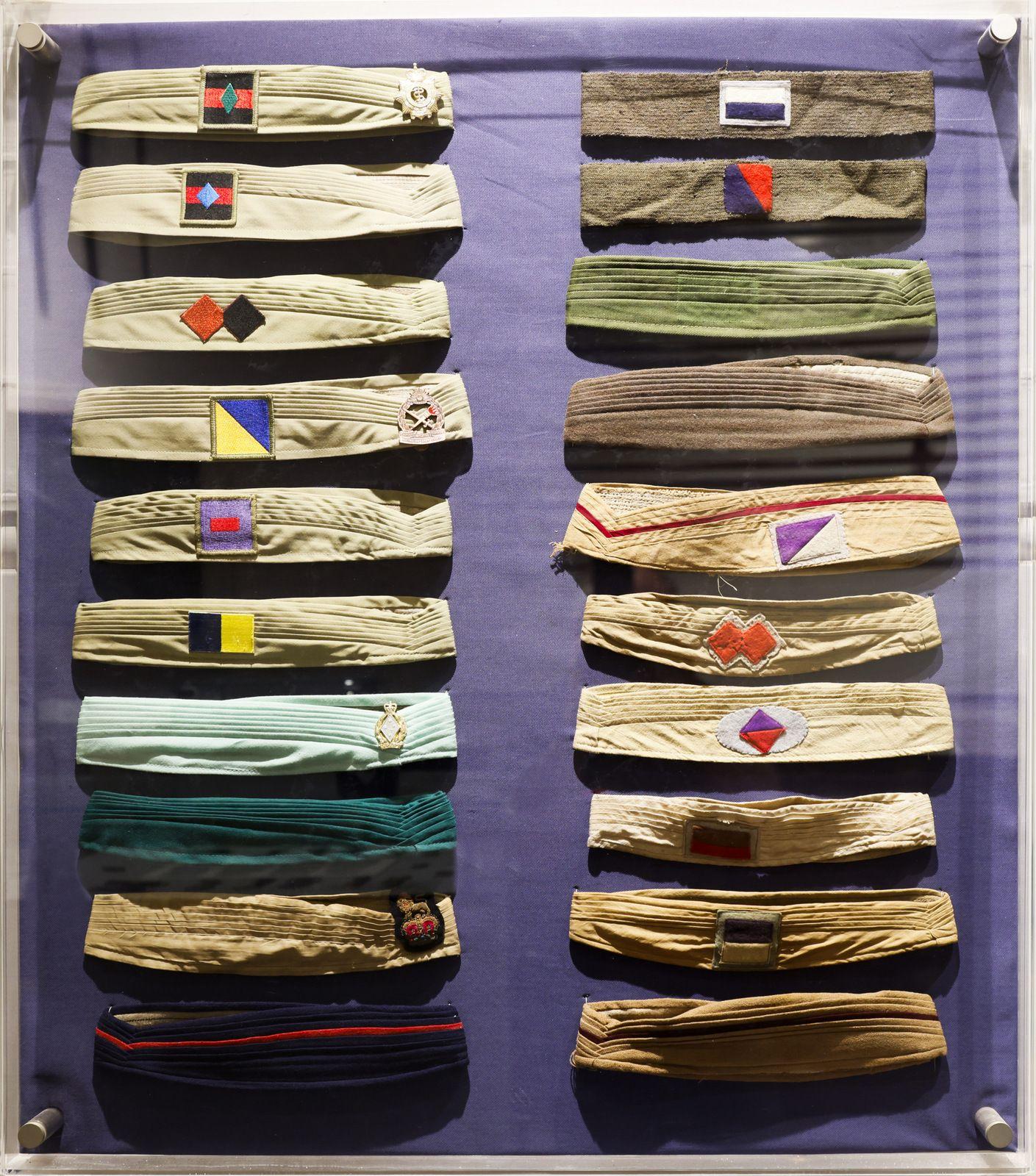
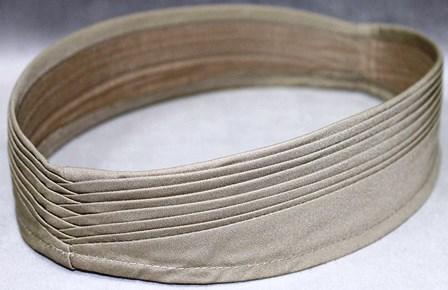
Scan this QR code to open this page on your phone ->
